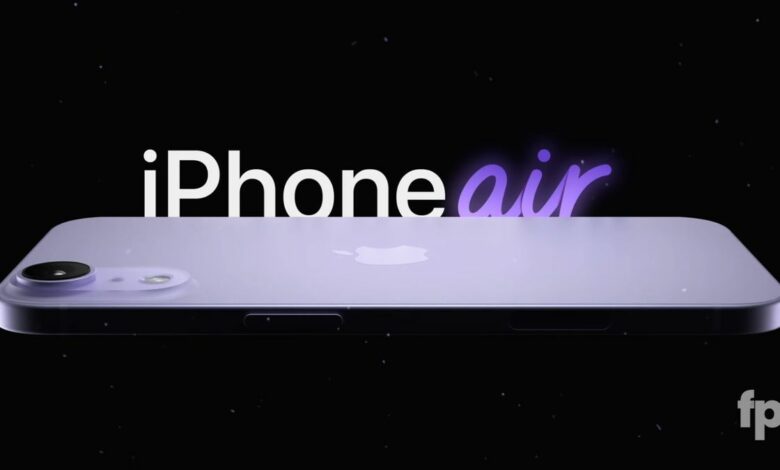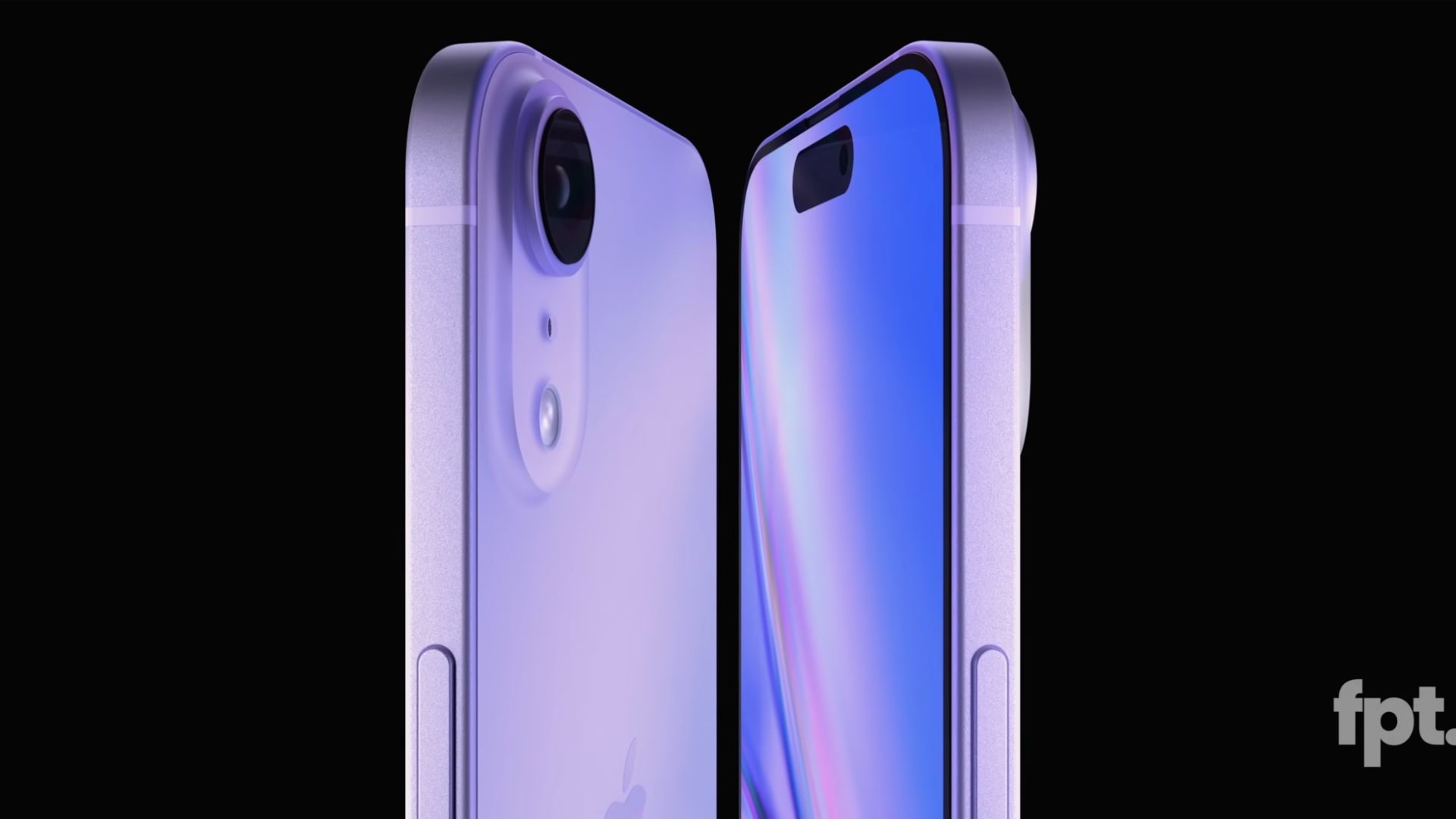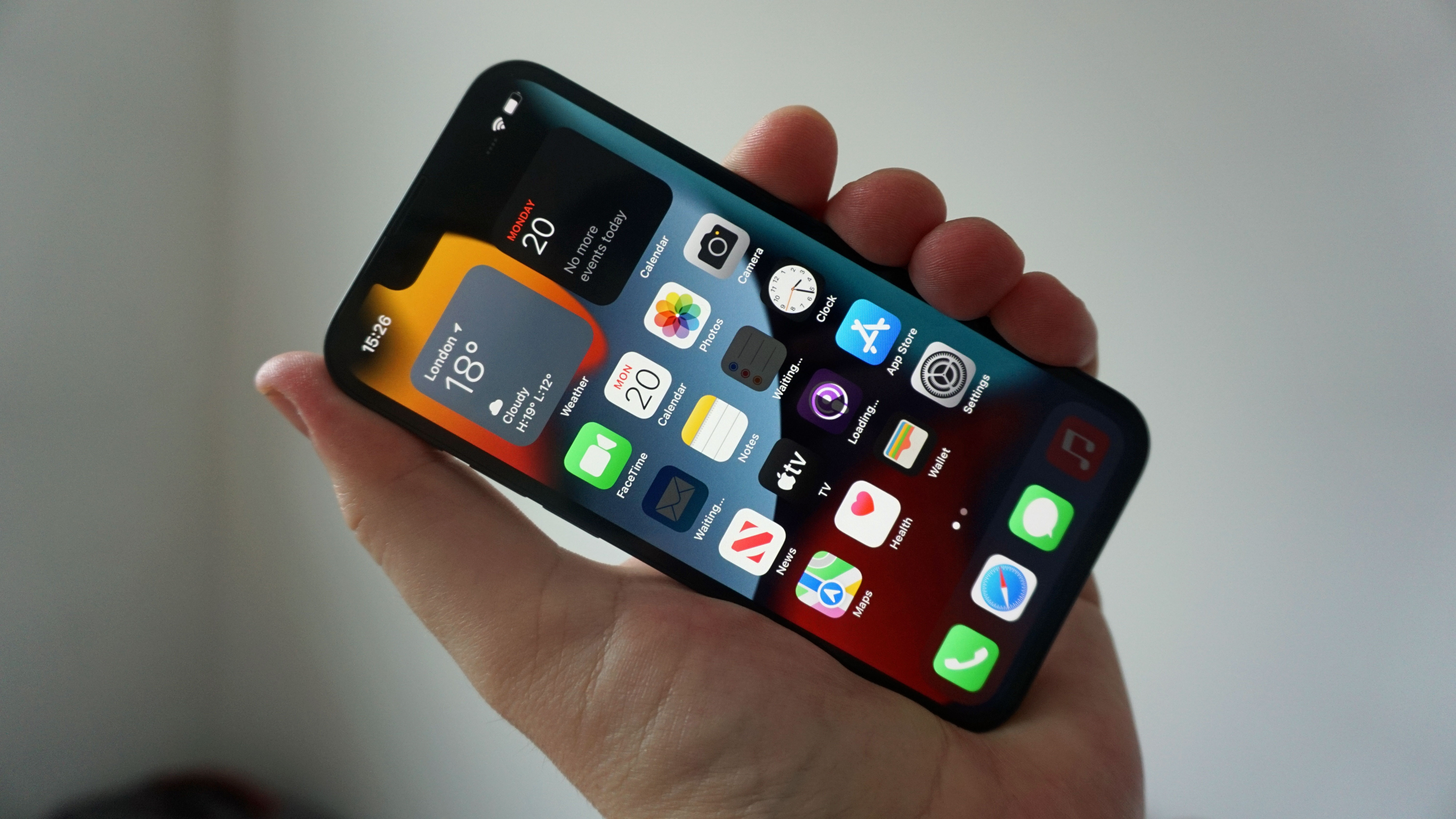New iPhone Air rumors suggest this could be a reason to skip this year’s iPhone 16

We’ve been hearing for a few months now that Apple is apparently working on adding a thinner iPhone to its lineup. Earlier this month, new details emerged, as this slimmed-down device could be getting a new name: “iPhone Air”, and that has now been confirmed by Bloomberg’s Mark Gurman – along with a few additional details that might just dissuade you from skipping this year’s iPhone 16.
As Gurman’s Power On newsletter explains, the iPhone 16 update will likely be relatively minor (aside from about a half-dozen proposed upgrades). But the iPhone Air could finally be something different. Supposed to launch in 2025, this iPhone could feature a much thinner chassis than any existing Apple phone while retaining most of the base iPhone 17’s specs.
Importantly, Gurman also says that the iPhone Air will be priced somewhere between the iPhone 17 and iPhone 17 Pro (similar to how the original MacBook Air was positioned between the MacBook and MacBook Pro). That could make it much more appealing than a higher-end iPhone Ultra, a previous rumor that appears to have been doused for now.

All of which could make it a pretty intriguing phone for Apple fans. If you feel like you don’t need the high-end features (or eye-watering price tags) of Apple’s Pro and Pro Max phones but still want something that looks and feels different in the hand, the iPhone Air could absolutely fit that bill. Particularly if you don’t want that thin frame to break the bank.
Compare that to the rumors swirling around this year’s iPhone 16 line, and you might argue that’s a good reason to hold off for another 12 months. Unless you really need an iPhone this year – or are tempted by one of the rumored iPhone 16 features – you might be better off waiting a little longer for the iPhone Air.
Breaking the fourth wall

According to Gurman, this is just the beginning of Apple’s plans. In the future, the company wants to bring this sleek design to all of its iPhones, including the flagship Pro and Pro Max models, he says. That won’t happen until 2027, though. But until that day comes, next year’s iPhone Air might be your best chance to get an iPhone that feels like the future without costing you Pro Max-level cash.
There are of course a lot of questions surrounding the iPhone Air, the biggest of which is whether it can solve the “fourth iPhone” problem. Apple has struggled with its iPhone mini and iPhone Plus models, none of which seem to be selling particularly well.
The iPhone Air, on the other hand, could be a great way to attract upgraders, since it apparently won’t just be a smaller or larger version of the regular iPhone. It would be something entirely different, offering a higher-end design that doesn’t carry the price tag of a Pro or Pro Max model.
So if you’re thinking about buying a new iPhone but aren’t desperate to buy what the iPhone 16 range has to offer, you may be better off waiting until next year for the iPhone Air. After so many years of iterative updates, perhaps it’s the iPhone that makes us eager to upgrade again.




